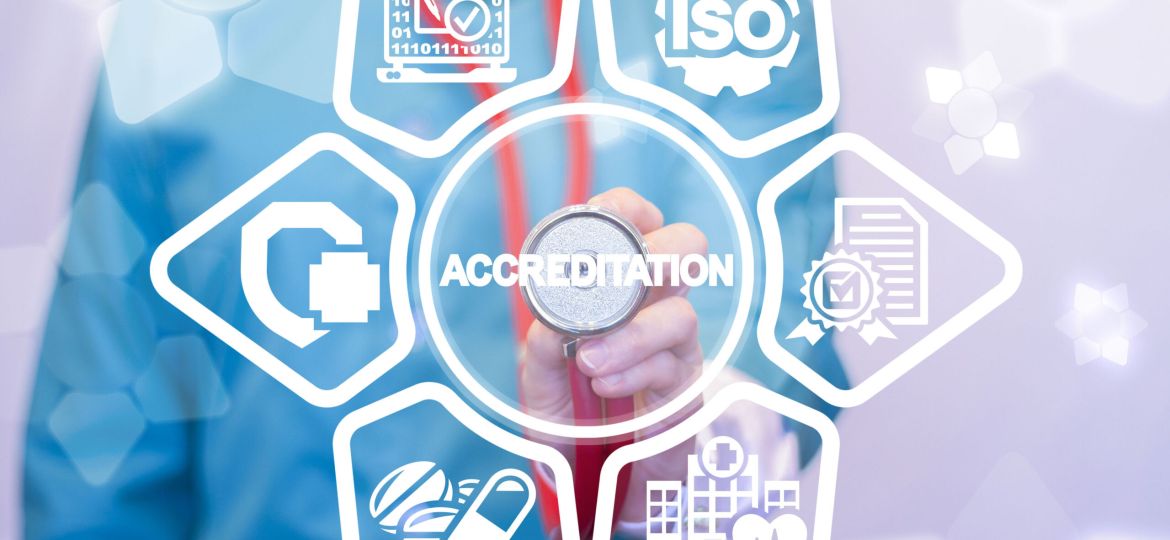

How Remote Assessments are Conducted
Although the format and timeframe of remote assessments will feel different to customers, the structure, processes and fundamental nature of accreditation assessments remains the same. Meetings will be arranged, evidence requested, documentation reviewed, activities witnessed, specific issues discussed, any non-conformities highlighted (and hopefully closed) and a report/recommendation made. As the process relies heavily on IT solutions, customers are advised to check access to and understanding of web-conferencing systems and that their internet/WiFi/4G connections are robust enough to conduct live meetings and information exchanges.
At the outset of the remote assessment process, UKAS agrees a timetable with customers and provides them with a list of documentation and records required. This is needed in advance of the due assessment date and can be provided by a wide range of file common sharing services (such as Dropbox) as well as e-mail.
The confirmation of ongoing technical competence is the ultimate aim of accreditation, and UKAS is pragmatic about how technical activities can be witnessed during remote assessments. A live stream is the ideal option, but a narrated video recording could be an appropriate alternative. Where none of these is possible, then either a vertical audit of previous work or technical interviews of authorised staff could be undertaken. When none of these options are available then the witnessing element will need to be conducted at a time when UKAS is able to conduct an on-site assessment.
Once collated, the evidence will be reviewed remotely by UKAS and discussed with the customer’s relevant technical and quality staff during pre-arranged Q&A sessions. UKAS’s preferred platform is Microsoft Teams, but other web-conferencing solutions can be used where these are accessible by UKAS. Although this approach can fragment the assessment process, the overall time and resources devoted by UKAS and customers should remain similar. Some customers have indeed found the staggered approach of remote assessments is less intrusive and allows them to carry on with their day to day work while UKAS remotely reviews documents and records.
Feedback and Considerations for the Future
Inevitably, introducing any programme much sooner than originally anticipated proved challenging for both Customers and UKAS, but on the whole the experience has been a very positive one. By working closely with accredited organisations and taking their feedback on board, UKAS has been ironing out any creases, and introducing ongoing refinements to improve the effectiveness and experience of remote assessments for all.
We have been grateful to the support and pragmatism of our customers as we’ve moved to remote assessment and the vast majority have appreciated the new approach with UKAS seeing its highest ever levels of customer satisfaction during COVID-19 Pandemic.
Whilst remote assessment remains UKAS’s primary approach during the COVID-19 pandemic, the use of on-site assessments is possible but only in situations where a remote assessment is not possible or significantly inefficient. When restrictions are further lifted then more on-site assessment will be possible.
What has become clear over recent months is that remote assessment is, in many cases, an effective tool for UKAS to use to confirm the ongoing competence and compliance of our customers. That said there is a place for on-site assessment which in certain circumstances is the most effective and efficient approach. Looking ahead it seems unlikely that UKAS will be conducting full assessments on-site for some time. As such, a ‘Blended Assessment’ (a mix of on-site and remote assessment) will become the ‘new normal’ for UKAS assessments in the future not just as we come out of this pandemic but also beyond.
With a ‘blended assessment’ approach comes the need to work out how best to mix the remote and on-site assessment activity to provide an assessment that is fit for purpose for the AB and the customer. UKAS is planning to achieve this through the use of a risk evaluation of our customers, with those customers who present a higher risk to UKAS seeing more frequent use of on-site assessment and those presenting a lower risk seeing a greater use of remote assessment.
This move to remote assessment will be welcomed by many. Not just for the flexibility it brings but also for other benefits such as reducing environmental impact and supporting work life balance for assessors. However, it is not the fundamental shift in assessment approach that it can initially seem to be. Whilst effective remote assessments are enabled by technological developments such as web-conferencing and file-sharing, the approach to the assessment remains the same as before. ABs are still using technical experts, to review and evaluate organisations against standards, and then use their professional judgement to draw conclusions about the competence and compliance of that organisation.
More significant changes are on the horizon for ABs, where the use and availability of data from their customers, supported by technologies such as BlockChain, Internet of Things and Artificial Intelligence has the potential to fundamentally change the assessment approach. It is vital that UKAS and all ABs are preparing themselves for this change such that they can continue to provide confidence to the customers of their customers into the future.
